Building an Understanding of Homophones

Soon after introducing the first vowel teams, the need to discuss homophones rears its head. This can be challenging for struggling readers during Orton-Gillingham lesson plans, especially English Language Learners.
What’s the difference between a homonym and a homophone?
Homonyms and homophones are frequently confused and the words are used interchangeably, but there is actually an important difference. Homonyms, also called homographs, are words that are spelled the same but pronounced differently and have different meanings.
For example, the following are homonyms (also called homographs):
- The sow had three piglets.
- The farmer will sow the seeds.
- The wind blew down the tree branches.
- Please wind the clock each Saturday.
These frequently come up in our word lists when introducing different phonograms. A spelling that students may have seen before reappears in a new word. It is often helpful to include these words as part of vocabulary study and demonstrate to students how the context will help them understand which pronunciation and meaning is correct.
Homophones are words that sound the same but have different spellings and different meanings.
For example, the following are homophones:
- main and mane
- vain, vane, and vein
- here and hear
- pole and poll
I typically employ a three-pronged approach to tackling these tricky pairs and triplets. Each of these techniques becomes appropriate as our students’ knowledge about language deepens.
Looking for more early literacy tips? Read Early Literacy Tips to Support Language Development at Home!

The Three-Pronged Approach to Understanding Homophones
1. Frequency
First, I address homophones frequently as they come up in natural exchanges with a student. We talk about these words as part of vocabulary discussions about our word lists and when a student brings up the other meaning or spelling. I explain the differences and show them the different spellings. I try to anticipate words where clarification is likely to be necessary.
2. Visual Clues
I also utilize visual clues and hands-on games and activities to increase student familiarity with these words. I find it most helpful to select high-use words and teach them in conjunction with the relevant vowel teams. So, after teaching the ai vowel team, I might work with students on main and mane, sail and sale, and mail and male. I like to put each of these words on a card and make a card with a visual link to the meaning.
Using illustrations for each word, or pictures that students create themselves, is an effective idea. If you are particularly creative, you can work an illustration that shows the word’s meaning into the shape of the letters themselves with an example sentence to tie it together. Commercial versions of this type of homophone card are available. These visual clues can be used for matching games, Go Fish, and more. Students are often highly motivated by this type of activity and enjoy challenging themselves.
Check out exactly how I do this! Watch Merging Grammar with Multiple Meaning Words!
3. Morphology
I also like to investigate the morphology of the words as a way to deepen the student’s understanding of the reasoning behind the spelling. The investigation here is as important a part of the learning as choosing the right homophone.
Many of the spellings that seem random in English are actually anything but. The missing piece of information has to do with the morphology of the word. English orthography, or spelling, isn’t purely phonological, but rather morphophonemic meaning that it is based on both meaning and sounds.
For example, the number word “two” is orthographically related to twelve and twenty, so although the w isn’t pronounced in the word two, understanding its connection to the other words that begin with the same spelling pattern is helpful for students learning the difference between to and two. The words missed and mist sound identical, but by analyzing the morphological elements, we see that missed is composed of the base word miss and the suffix –ed. This points to the correct usage.
Brainstorming words that are related by meaning can also shed light on this. For example, when looking at the words read and reed or read and red, knowing that ea can make both the long e and short e sounds helps explain the appropriate homophone usage. “I will read the story that the teacher read yesterday”, is a sentence that demonstrates the semantic relationship between the two pronunciations of “read”. The short e sound in red is not similarly flexible to make both sounds, nor is the double ee in reed. Thus, through a process of logic, our understanding of the correct usage of these two homophone pairs increases. The word here is related to where and there, while the word hear is related to heard. Some of the connections are more obvious than others.
Additional Ideas!
Learn more about incorporating vocabulary into your intervention lessons. Listen to the Together in Literacy podcast, season 3, episode 10: Effective Vocabulary Strategies in Literacy Intervention!
It is helpful to keep a homophone notebook with the discoveries that students make. Incorporating some of the visual prompts from the second strategy is also a nice addition to the construction of this resource. While the study of morphology is applicable to the study of homophones, that is just one of many ways that this sort of investigation can be helpful as students deepen their understanding of the intricacies of the English language.
As a special thank you for reading this post today, download four FREE spinner games to practice homophones and homonyms with your students or your own children. Enjoy!
Are you looking for a list of homophones to use in your lessons? Word List Builder has got you covered!
Save time searching for homophones! Create customized and meaningful review, build your folder of words, create templates and games, and much more in Word List Builder.



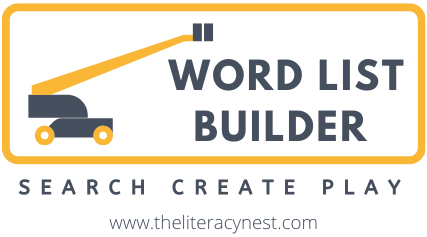
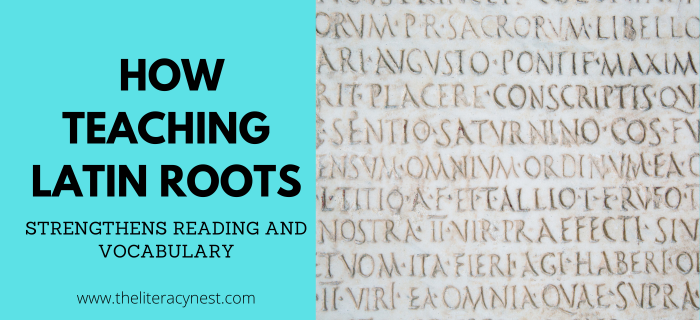

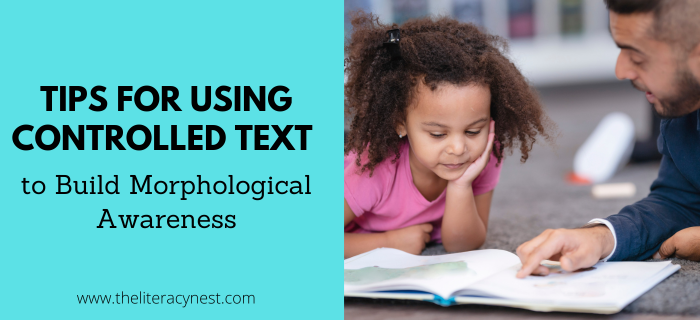
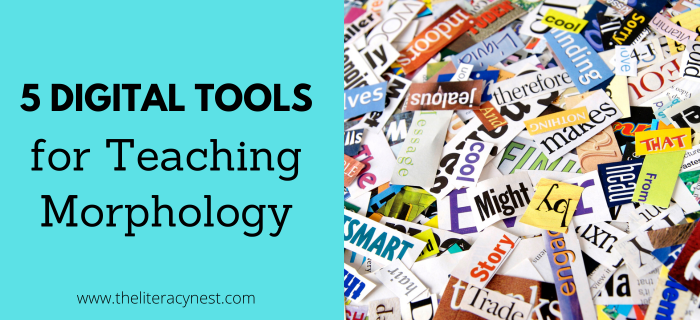
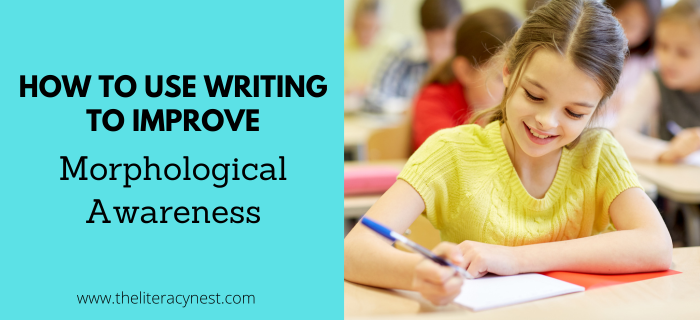
Thanks! I enjoyed your blog today and the freebie!
Great ideas, thank you!